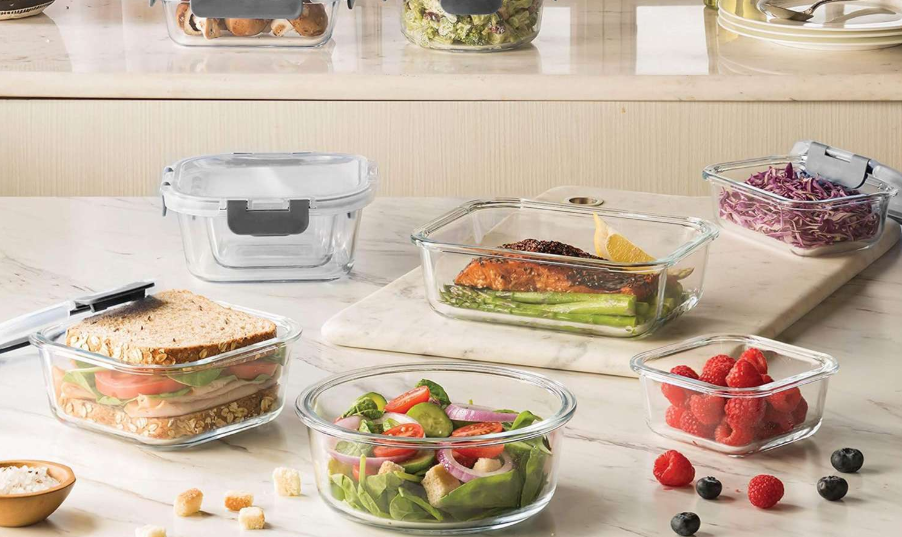Table of Contents:
- Introduction to Shipping Container Kitchens
- The Rise of Repurposed Kitchen Spaces
- Benefits of Shipping Container Kitchens
- Creative Container Kitchen Designs
- Challenges and Considerations
- Sustainable Living with Container Kitchens
- Real-Life Examples of Shipping Container Kitchens
- The Future of Container Kitchens
Introduction to Shipping Container Kitchens
Shipping container kitchens are taking the culinary world by storm with their imaginative use of industrial materials. These remarkable kitchens breathe new life into steel structures, turning what was once a mere container into a lively, practical kitchen space. Companies like BMarko Structures have been instrumental in popularizing this trend by converting shipping containers into innovative culinary environments. This concept finds its roots in the green architecture movement, which focuses on recycling used materials and minimizing waste to benefit the environment. As awareness around sustainability grows, these kitchens offer a fresh perspective on combining functionality with eco-conscious design.
The Rise of Repurposed Kitchen Spaces
The ascent of shipping container kitchens is a testament to the human capacity for creativity and sustainability. As people become more conscious of environmental issues, the appeal of turning unconventional spaces into functional entities grows. This approach addresses the need for ecological conservation and satisfies the modern desire for unique, adaptable living spaces. Shipping containers, in particular, dovetail perfectly with the trend toward sustainable architecture because they provide a method to reuse substantial industrial materials while offering massive innovation potential. This marriage of practicality and creativity has been instrumental in bringing repurposed kitchen spaces to the forefront.
Benefits of Shipping Container Kitchens
The adoption of shipping container kitchens is driven by a list of compelling benefits catering to individuals and businesses alike. Primarily, they offer a cost-effective alternative to traditional kitchen setups, making them accessible to a wider audience. The mobility of containers augments this affordability; they can be transported and relocated relatively easily, a feature particularly advantageous for food ventures such as pop-up restaurants or mobile catering businesses. Additionally, the hardness and resilience of the steel structure ensure a long-lasting kitchen environment capable of withstanding environmental and operational stresses. Furthermore, the construction process is less time-consuming than conventional kitchens, which means quicker setup and potentially lower labor costs. These attributes collectively make shipping container kitchens a viable and attractive option for many.
Creative Container Kitchen Designs
Regarding design, shipping container kitchens are limited only by imagination. They offer a diverse palette for creativity, allowing designers to create spaces that are functional and full of character. The design possibilities are endless, from installing massive glass panels for natural lighting to adding green roofs for extra insulation and aesthetics. Architects have capitalized on the modular nature of these containers to develop versatile kitchen spaces that cater to residential and commercial needs. The adaptability of shipping containers also means that they can be arranged and configured in various ways to fit into an existing space or to blend into a particular architectural style, lending a unique identity to each project. This flexibility has inspired numerous thematic designs, ranging from sleek industrial setups to cozy rustic retreats, showcasing the transformative potential of container kitchens.
Challenges and Considerations
Despite their many benefits, shipping container kitchens do not come without challenges. One primary concern is ensuring the container’s structural integrity when it’s modified to accommodate kitchen necessities. This may involve reinforcing the container’s frame or making significant alterations to install necessary plumbing, electrical systems, and appliances. Another challenge lies in the complexity of adhering to zoning laws and building codes, which can vary significantly depending on location. These regulations can sometimes pose hurdles that require extensive planning and expert consultation to overcome. Despite these challenges, many find that the unique benefits of container kitchens far outweigh the potential difficulties, making them a worthwhile investment for anyone looking to venture into this innovative kitchen solution.
Sustainable Living with Container Kitchens
Shipping container kitchens embody the ethos of sustainable living by converting industrial waste into functional household spaces. This process minimizes waste and encourages the efficient use of resources, aligning with contemporary environmental ideologies. In many cases, these kitchens are outfitted with modern kitchen design features like energy-efficient appliances, solar panels, and systems for harvesting rainwater. By incorporating these elements, shipping container kitchens reduce their ecological footprint and champion a lifestyle prioritizing conservation and sustainability. As more individuals and businesses embrace this ingenious idea, they contribute to a larger movement seeking to reduce carbon emissions and foster environmental stewardship.
Real-Life Examples of Shipping Container Kitchens
The real-world application of shipping container kitchens has demonstrated their versatility and effectiveness in diverse settings. From serving as the heart of community initiatives in urban neighborhoods to providing essential services in remote or disaster-stricken areas, these kitchens have proven their utility and appeal. Not only do they function as economic solutions for small-scale entrepreneurs, but they also serve as shining examples of how innovative design can benefit communities at large. These kitchens have even found their way into high-profile projects, highlighting the adaptability of repurposing shipping containers into functional, appealing culinary spaces. The success of these projects showcases the potential of shipping container kitchens to revolutionize how we think about and utilize space in our modern world.
The Future of Container Kitchens
Looking ahead, the potential for shipping container kitchens is vast and exciting. As technology advances, there is room for these kitchens to incorporate even more cutting-edge features. Innovations such as smart kitchen technology, integrated Internet of Things (IoT) capabilities, and advanced energy systems promise to enhance the functionality and efficiency of these unique spaces. Additionally, improvements in insulation technology and the development of fully off-grid kitchen systems could make them even more appealing to eco-conscious consumers. As these possibilities become realities, shipping container kitchens will likely play a pivotal role in shaping the future of culinary spaces, inspiring a new era in sustainable and innovative kitchen design.

